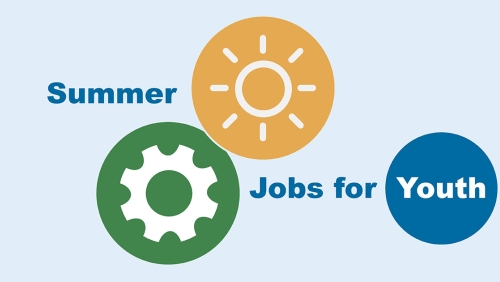
Dai is a research associate at MDRC. She has 15 years of experience in SAS programming and has worked at MDRC for more than 10 years. She has processed various types of data at MDRC, including baseline, program-participation, unemployment-insurance-wage, administrative-record, survey, National Directory of New Hires, criminal-history-record, and medical-claim data. She has worked on multiple MDRC projects such as Enhanced Services for the Hard-to-Employ, the Colorado Coordinated Care Program, the Youth Transition Demonstration, Youth Build, the CEO Replication, CII, the Enhanced Transitional Jobs Demonstration, the Subsidized and Transitional Employment Demonstration, the Summer Youth Employment Program, and PACE. Prior to joining MDRC, Dai worked in population studies and economic research at the East-West Center at Honolulu, Hawaii. She holds a master’s degree from the University of Hawaii, and earned a medical degree and practiced medicine in China.










